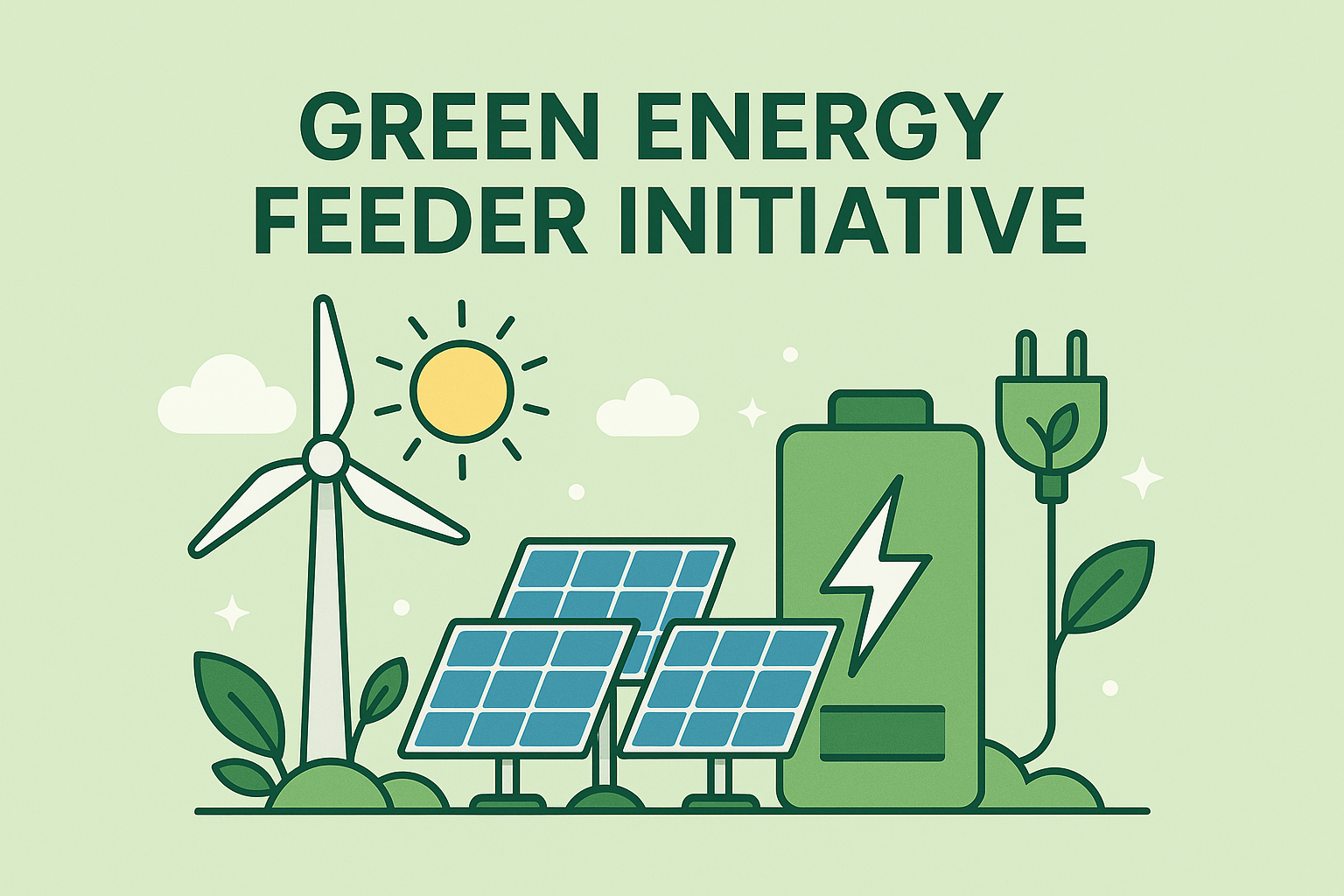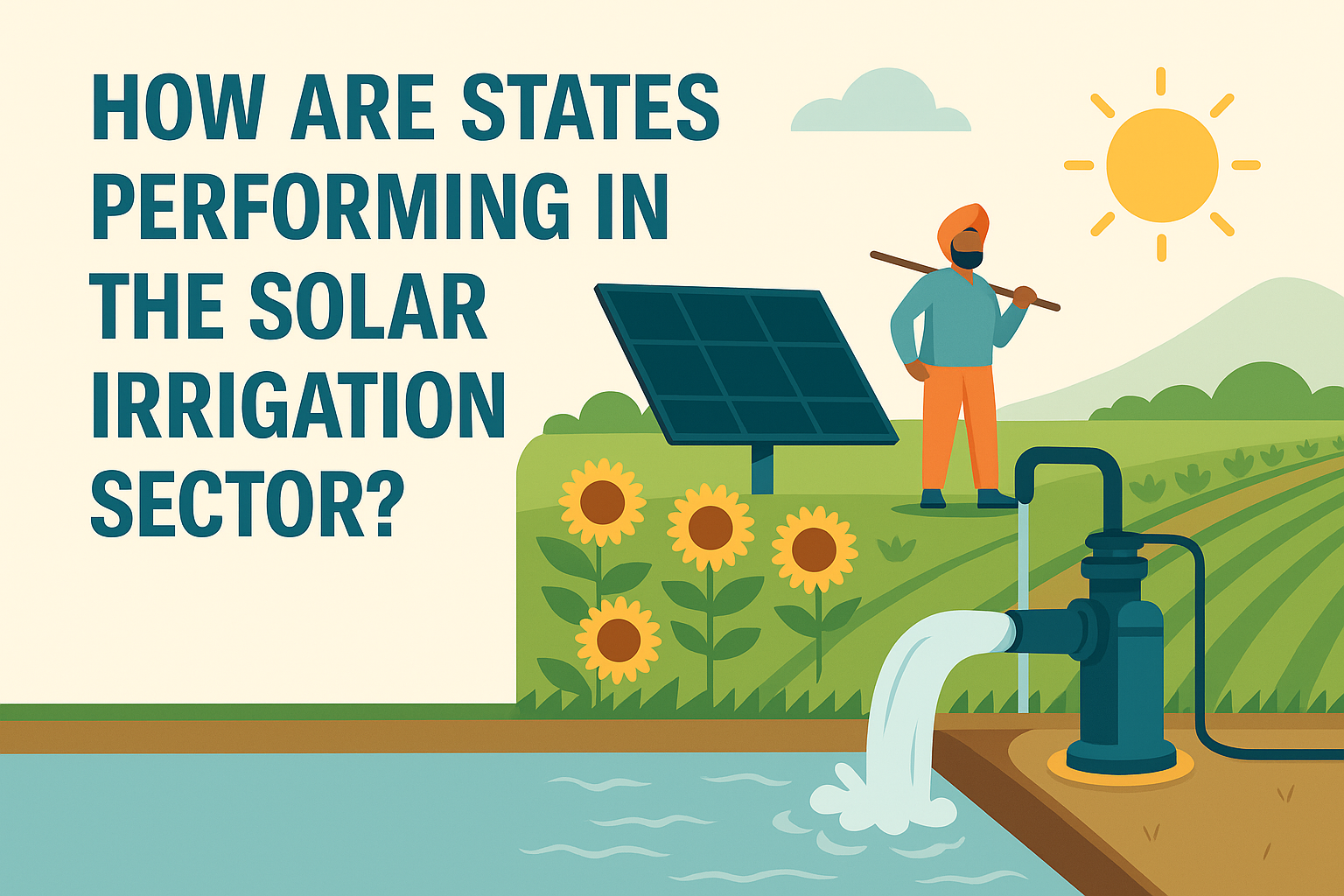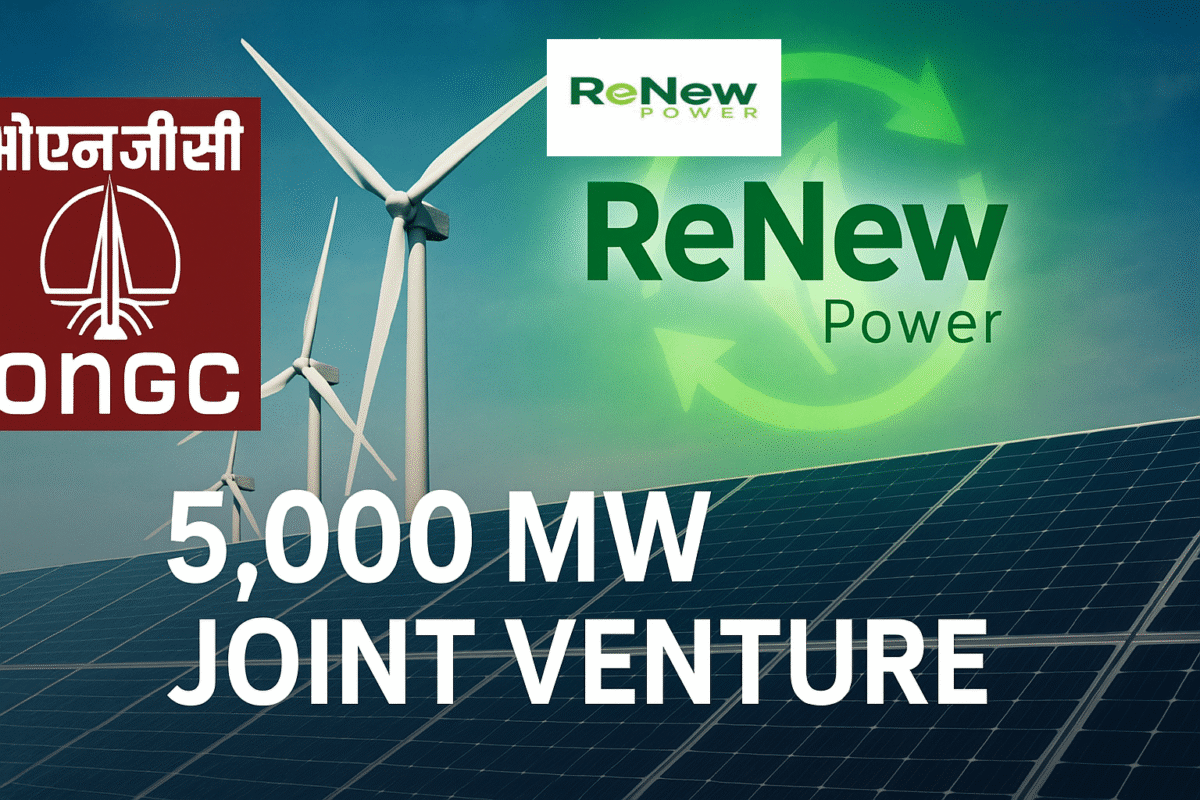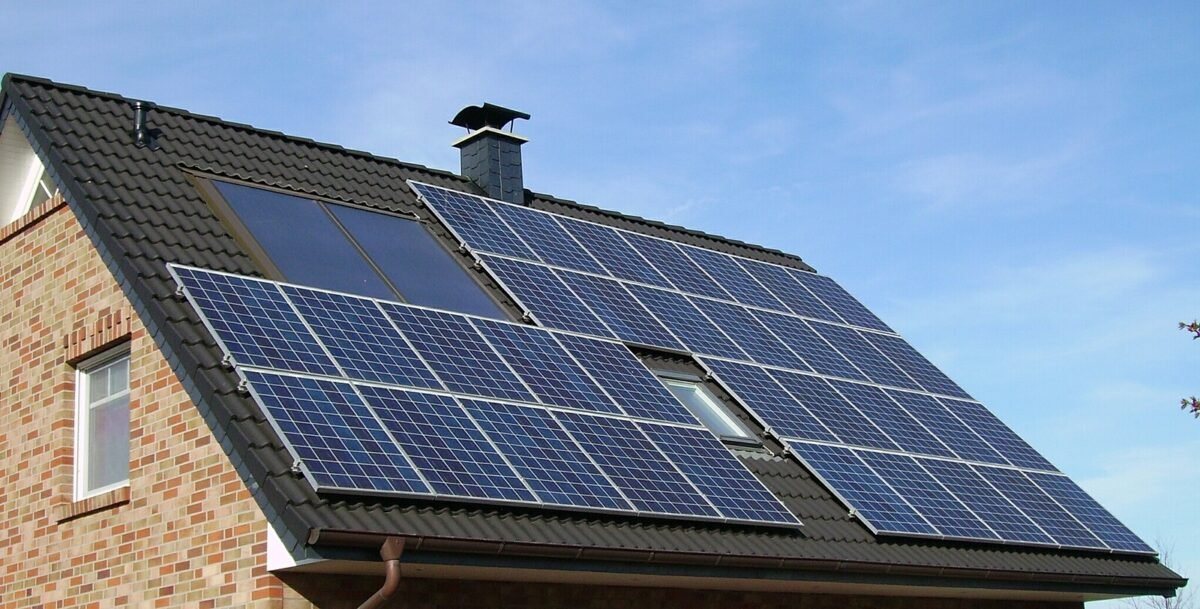As India races toward its 500 GW non-fossil target, public-sector agencies have taken the lead on rooftop solar installations across government buildings. In just the past two months, at least six tenders—totaling over 20 MW—have been announced under rate-contract and EPC frameworks. Here’s how each agency’s contribution shapes up:

A Coordinated Solar Rollout
Rajasthan Electronics & Instruments Ltd. (REIL) spearheaded the latest round with two rate-contract tenders:
- 1.0 MW in South India covering Andhra Pradesh, Karnataka, Kerala, Tamil Nadu, Telangana, Lakshadweep, and Puducherry.
- 1.35 MW in Uttar Pradesh, targeting various state government facilities.
By standardizing procurement—complete with 50% indigenous-content requirements and five-year O&M commitments—REIL aims to fast-track module supply and installation while securing competitive pricing.
Central PSUs Step Up
SJVN Ltd. issued tenders for 7.15 MW under both PM-Surya Ghar free electricity and RESCO models, focusing on Union government offices in the Delhi–Punjab–Uttarakhand corridor. Under RESCO, private firms fund installations and recover costs via long-term power-purchase agreements, alleviating capex burdens for state bodies.
Meanwhile, NTPC Ltd. floated a 3.45 MW rooftop solar EPC tender on government buildings across Andaman & Nicobar Islands—a strategic move to reduce diesel-dependence and cut fuel-transport costs in remote territories.
Educational and Municipal Initiatives
The Solar Energy Corporation of India (SECI) has advanced its 2025 plan for educational campuses by releasing a 4.55 MW rooftop tender across Bihar, Chhattisgarh, Sikkim, Assam, and Manipur schools and colleges. Each package includes ten-year O&M, positioning campuses as learning hubs for clean energy.
CREST in Chandigarh introduced a 3 MW pilot under the RESCO model, with apartments and municipal properties hosting solar assets at no upfront cost. Owners then purchase power at a fixed rate—demonstrating the financial viability of shared rooftop schemes.
Market Context and Momentum
According to Mercom India, government-building rooftop tenders in Q1 2025 reached nearly 400 MW, led predominantly by central PSUs. While that total represented a year-on-year dip, the current wave of 20+ MW in six weeks underscores renewed urgency as agencies align with 2025–26 budget cycles.
Key advantages of this public-sector push include:
- Grid Relief: Peak-load reductions help stabilize distribution networks.
- Cost Savings: Rooftop solar delivers power at ₹2.8–3.2/kWh, undercutting industrial grid rates.
- Job Creation: Local installation and O&M services generate employment in EPC, logistics, and asset management.
What’s Next?
Bid deadlines fall between June 11 and June 28, with contract awards expected by mid-July. Successful vendors will access detailed site data rooms—complete with structural drawings, irradiance analysis, and single-line diagrams—to refine proposals. Their challenge: meet aggressive commissioning windows (monsoon permitting) and uphold quality across geographically diverse locations.
As India’s rooftop-solar capacity inches upward, these PSU-led frameworks offer a repeatable template for rapid, transparent, and scalable clean-energy deployment—illuminating the path to a resilient, low-carbon future.



















